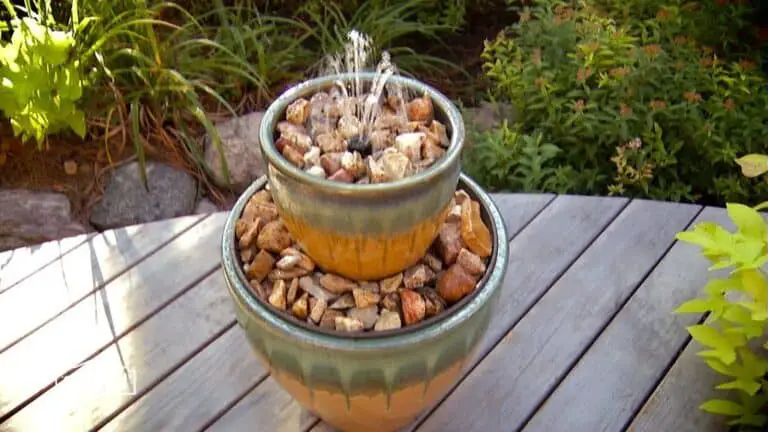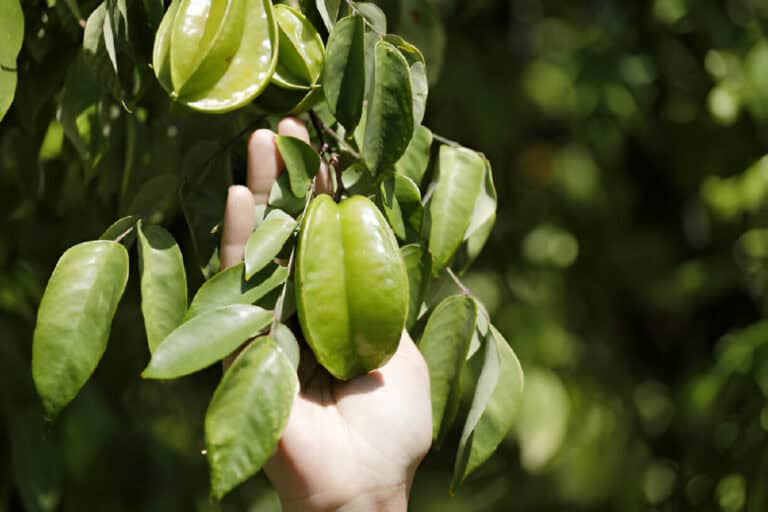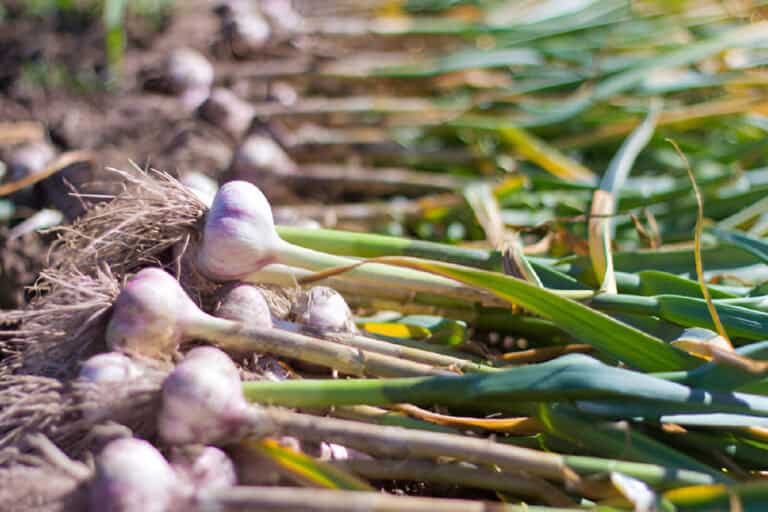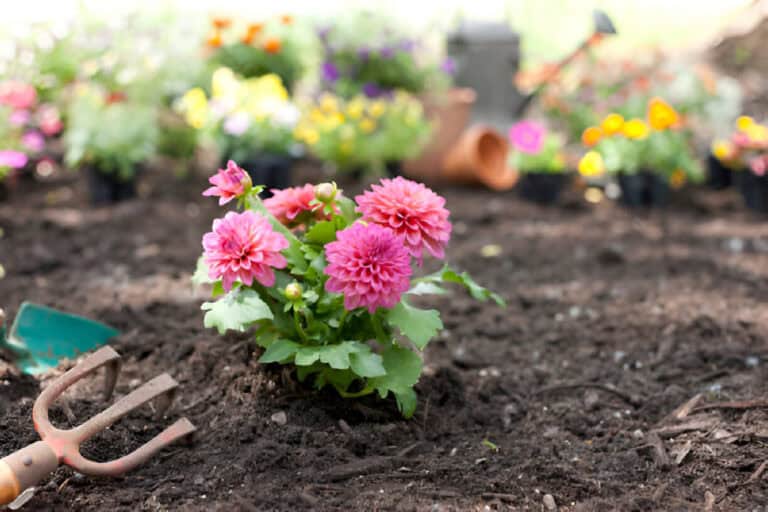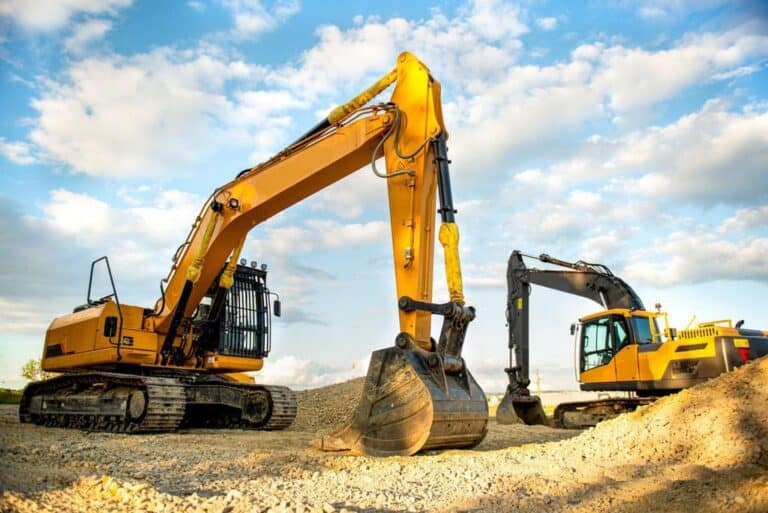Tomato Plants Cages Support: Why It’s Needed, Advantages & Disadvantages
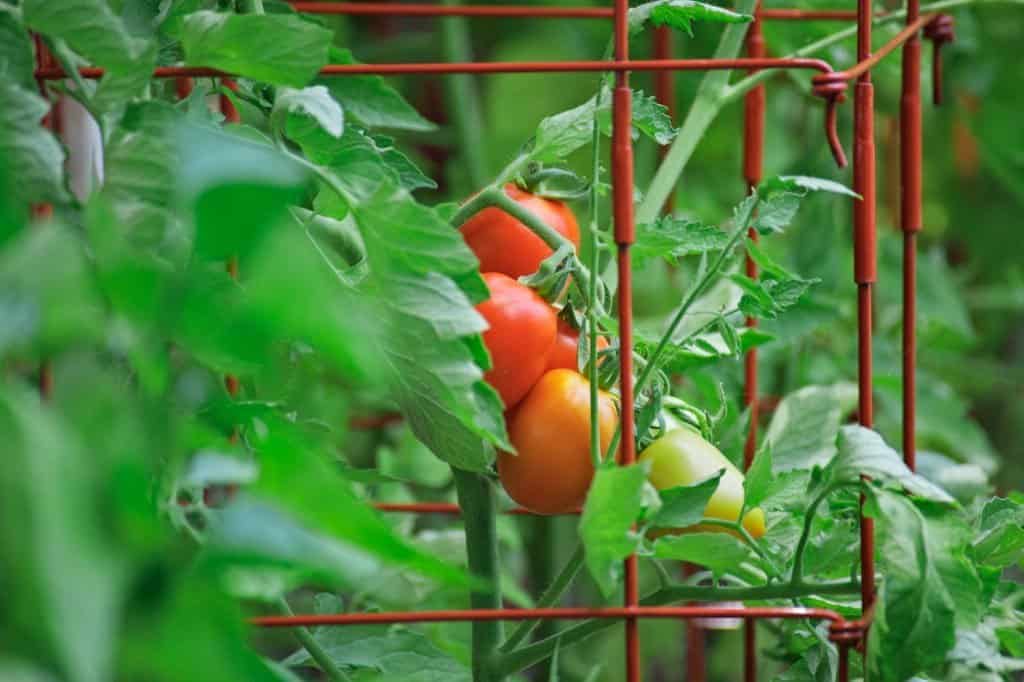
Tomatoes are one of the most popular vegetables to plant in home gardens. They are relatively easy to grow, and they produce a lot of fruit. Tomatoes can be used in a variety of dishes, and they are a healthy food choice.
Homegrown tomatoes often taste better than store-bought tomatoes, and they can be grown organically.
So, why do tomato plants need cage support? That’s right, tomatoes need support to grow, like cage support. Tomatoes are climbing plants, and they will quickly outgrow their pot or patch if they don’t have something to climb on.
Cage support for tomatoes is becoming increasingly popular among growers. The cages provide support for the tomato plants and keep them from toppling over. They also allow for better air circulation and prevent the fruit from rotting.
The importance of using a cage to support tomato plants is discussed in this article. Along with that, we demonstrate how to utilize and put up a tomato plant cage.
Knowing the Differences Between Determinate and Indeterminate Tomatoes
There are two types of tomatoes, determinate and indeterminate. Both have their own benefits and drawbacks, so it’s important to know which one is right for you.
Determinate tomatoes are typically smaller in size and have a shorter growing season. This makes them ideal for those who want to grow their own tomatoes but don’t have a lot of space or time.
On the other hand, indeterminate tomatoes are larger and can take longer to mature. But they will continue to produce fruit throughout the growing season, making them a good choice for those who want a steady supply of fresh tomatoes.
So which one is right for you? It depends on your needs and preferences. If you’re looking for a quick and easy crop, then determinate tomatoes are probably your best bet.
Is It OK Not to Cage Tomato Plants?
If you’re thinking about letting your tomato plants run free this summer, you may be wondering if it’s really okay not to cage them. After all, tomatoes are notoriously vining plants and can easily take over a garden bed if left unchecked.
So is it really okay to forgo the cages? The answer is yes…and no. It really depends on the type of tomato plant you’re dealing with. If you have a determinate variety, then it’s perfectly fine to let it sprawl out unencumbered. These types of tomatoes tend to be more compact and will produce fruit all at once (usually over a period of 2-3 weeks).
On the other hand, indeterminate varieties can get quite large and unwieldy. If you let them run wild, they’ll likely produce fruit all season long.
What Tomatoes Don’t Need Caging Support?
Caging tomatoes is a common practice among farmers and gardeners alike. However, there are certain tomato varieties that don’t need support and can be left to grow freely.
These varieties include determinate tomatoes, which stop growing once they reach a certain size, and indeterminate tomatoes, which continue to grow throughout the season.
Determinate tomatoes are usually smaller in size and don’t require as much caging or support as indeterminate varieties. They can be left to grow on their own without too much worry about them toppling over.
Indeterminate tomatoes, on the other hand, can get quite large and will need some type of support to keep them from falling over. Staking or caging is the best way to provide support for these types of tomatoes.
How To Use Tomato Cage Support the Right Way
Tomato cages are an easy and effective way to support your tomato plants as they grow. With just a few minutes of setup, you can ensure that your plants have everything they need to thrive!
Here are a few tips on how to use them:
- Place the cage around the plant when it is young and small. This will help support the plant as it grows larger. For determinate tomato plants, the cages should be between 14 and 18 inches in diameter and at least 6 feet tall.
- Make sure the cage is tall enough to accommodate the plant’s growth. You don’t want the plant to outgrow the cage and become top-heavy.
- Use ties or stakes to secure the cage in place. This will keep it from toppling over in windy conditions or when the plant is heavy with fruit.
- Remove the cage once the plant is established and needs no support.
Although purchasing sturdy cages might be costly, building them by yourself using inexpensive materials like cattle fence or concrete reinforcing wire is a viable alternative.
Advantages of Tomato Plants’ Caging Support
- Cages are easy to use. Plants can be left to grow, supported by the cages without the need for ties.
- Good quality cages are reusable for many seasons.
- Sunscald is often avoided with caged tomatoes because the plants are allowed to grow enough foliage to help with the problem.
Disadvantages of Tomato Plants’ Caging Support
- There is an initial expense of purchasing tomato cages. Many manufacturers sell short, lightweight, and inexpensive cages, but these should be avoided. Purchase cages that are tall (about six feet) and made of sturdy material.
- Cages will require that you either sink them into the ground about a foot or lash them to stakes buried at the same depth.
- Tomato cages can be bulky and difficult to store if space is limited.
- Plants in cages can grow quite a bit of foliage, which in northern climates can retard the ability to set fruit. Northern gardeners will want to prune back plant foliage which can be difficult with cages.

